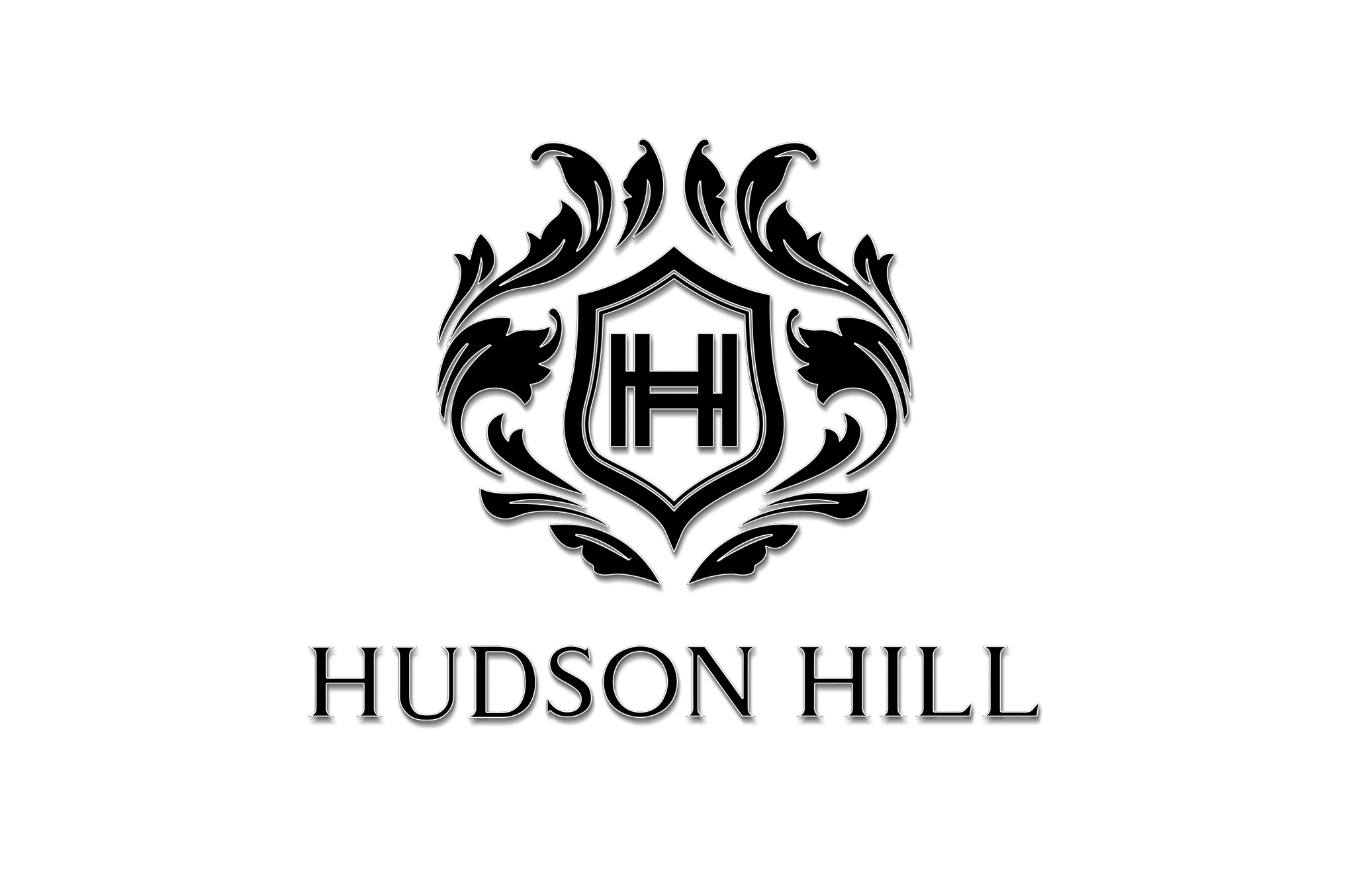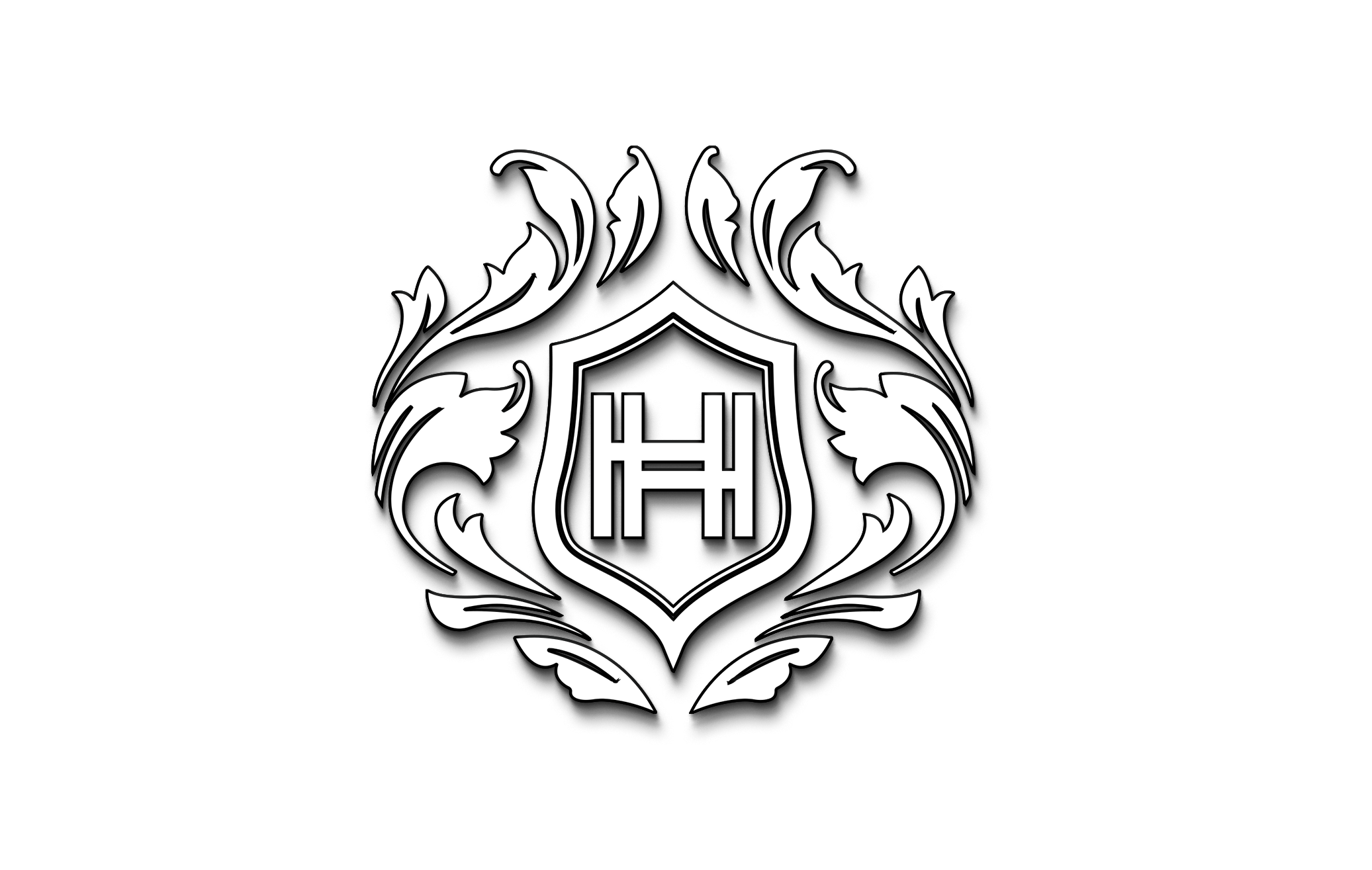HUDSON HILL FR
WHY FR
Hudson Hill Industrial Apparel Inc: Purpose of FR Garments
The purpose of FR garments manufactured by Hudson Hill Industrial Apparel Inc is to provide limited protection in the event of a flash fire or electric arc flash. These garments are designed to minimize damage to the body and provide crucial seconds to escape from the flash fire. They achieve this through two primary mechanisms:
1. Slowing the transfer of heat through the garment: FR garments act as insulation, effectively slowing down the heat transfer from the heat source to the wearer's body.
2. Self-extinguishing: When the flame or heat source is removed, FR garments are designed to stop burning. They do not continue to burn, enhancing the wearer's safety.
FR Standards
Standards for FR garments are established through collaboration among interested committees comprising end users, textile and garment manufacturers, scientists, academics, and industry experts. These committees propose, vote on, and revise standards until a finalized standard is agreed upon. Standards are periodically updated to incorporate new industry information. They outline specific test methods that must be conducted and define minimum results required to meet the standard, thereby providing pass/fail criteria.
Major Standards Organizations
Hudson Hill Industrial Apparel Inc customers commonly encounter the following major standards organizations:
1. CGSB - Canadian General Standards Board: A federal government organization that develops comprehensive standards and conformity assessment services to support the economic, regulatory, procurement, health, safety, and environmental interests of stakeholders, including the government, industry, and consumers.
2. ASTM International - American Society for Testing and Materials: One of the largest voluntary standards developing organizations worldwide. It is a not-for-profit organization that facilitates the development and publication of international voluntary consensus standards for various materials, products, systems, and services. Their membership includes representatives from producers, users, consumers, government, and academia across multiple countries.
3. NFPA - National Fire Protection Association: A global non-profit organization established in 1896 with a mission to prevent death, injury, property, and economic loss caused by fire, electrical, and related hazards. NFPA develops and disseminates information, knowledge, and standards through consensus codes, research, training, education, outreach, and advocacy. It has a membership of over 60,000 individuals worldwide.
4. CSA - Canadian Standards Association: CSA Group represents its members' interests in creating a better, safer, and more sustainable world through standards development, technical research, and training. They engage in testing, certification, and related activities that support the organization technically and financially.
Test Methods
Test methods provide detailed instructions on conducting specific tests to measure various properties of FR garments. These methods assess properties such as fabric shrinkage after laundering or ease of ignition. Unlike standards, test methods do not have pass/fail criteria, and they do not define requirements.
Important North American Standards
The oil industry and electrical work commonly adhere to several North American PPC standards. These standards include:
1. CGSB 155.20: Canadian standard for workwear protection against hydrocarbon flash fires.
2. NFPA 2112: Standard for flame-resistant garments protecting industrial personnel against flash fires.
3. ASTM F1506: Standard performance specifications for flame-resistant and arc-rated textile materials for apparel worn by electrical workers exposed to momentary electric arc and related thermal hazards.
4. CSA Z462: Standard for workplace electrical safety.
5. NFPA 70E: Standard for electrical safety in the workplace.
In addition to these, there are specific standards for rainwear in the oil industry (ASTM F2733) and electrical use (ASTM F1891). Some standards have both Canadian and American versions.
Note that each standard is identified by a letter code, a number, and a title, often referred to by their letter code and number or a brief description of their title.
Standards for Flash Fire Hazards
The primary hazard in oilfield work is flash fire, which occurs when a fuel source, such as flammable gas or dust, ignites. Flash fires are typically brief, lasting less than three seconds, with temperatures ranging from 600 to 1000°C depending on the fuel source.
FR materials aim to protect individuals from flash fires by preventing the ignition and continuous burning of garments. These garments act as a barrier between the hazard and the wearer, reducing the risk of injury. The two most common flash fire standards in North America are CGSB 155.20 and NFPA 2112.
CGSB 155.20
CGSB 155.20 is a Canadian standard that encompasses three tests, some of which require different testing conditions:
1. Vertical Flammability: This test involves exposing fabric samples, both new and after undergoing 50 domestic washing machine cycles, to a flame for 12 seconds. The burning behavior, afterflame time, and damaged length are recorded. The fabric must not melt or drip, and afterflame time should not exceed 2 seconds, with a damaged length not exceeding 100 mm.
2. Heat Resistance & Thermal Shrinkage: This test evaluates the fabric's heat resistance and thermal shrinkage. Three fabric specimens are marked and subjected to a preheated oven at 260°C. The distance between the marked lines is measured before and after the test to assess shrinkage.
By adhering to these standards and conducting appropriate test methods, Hudson Hill Industrial Apparel Inc ensures the quality and effectiveness of its FR garments for protection against flash fires and electrical hazards.

